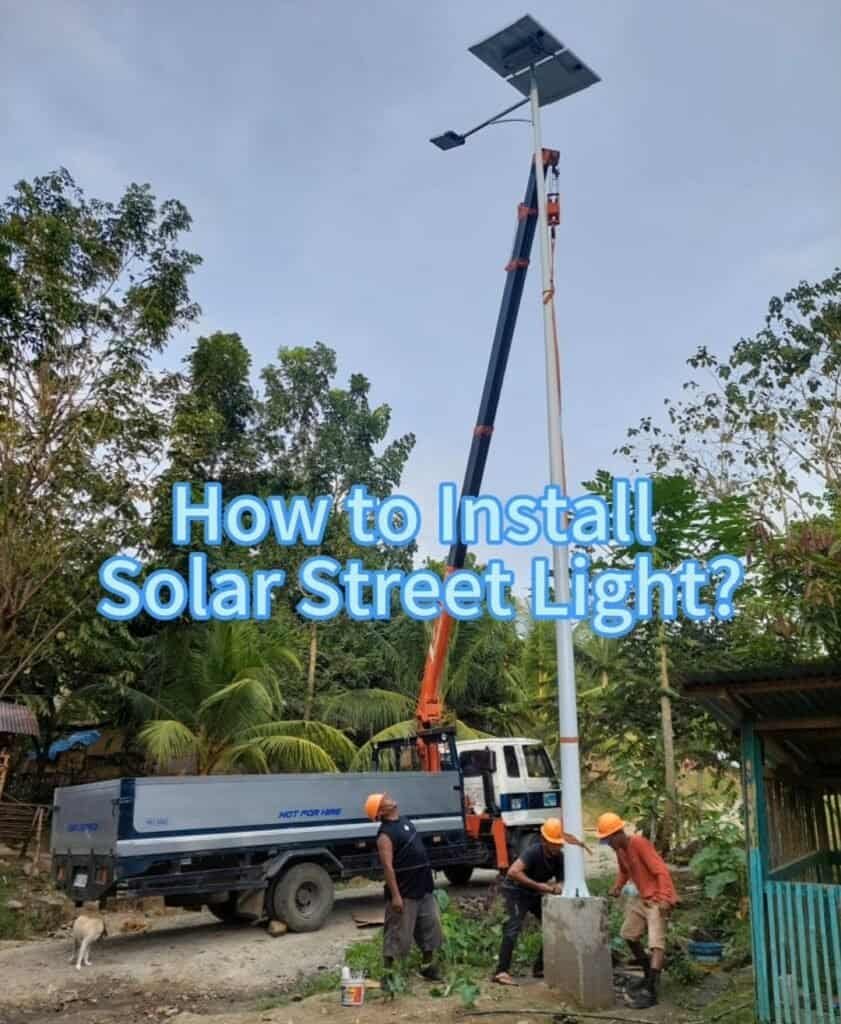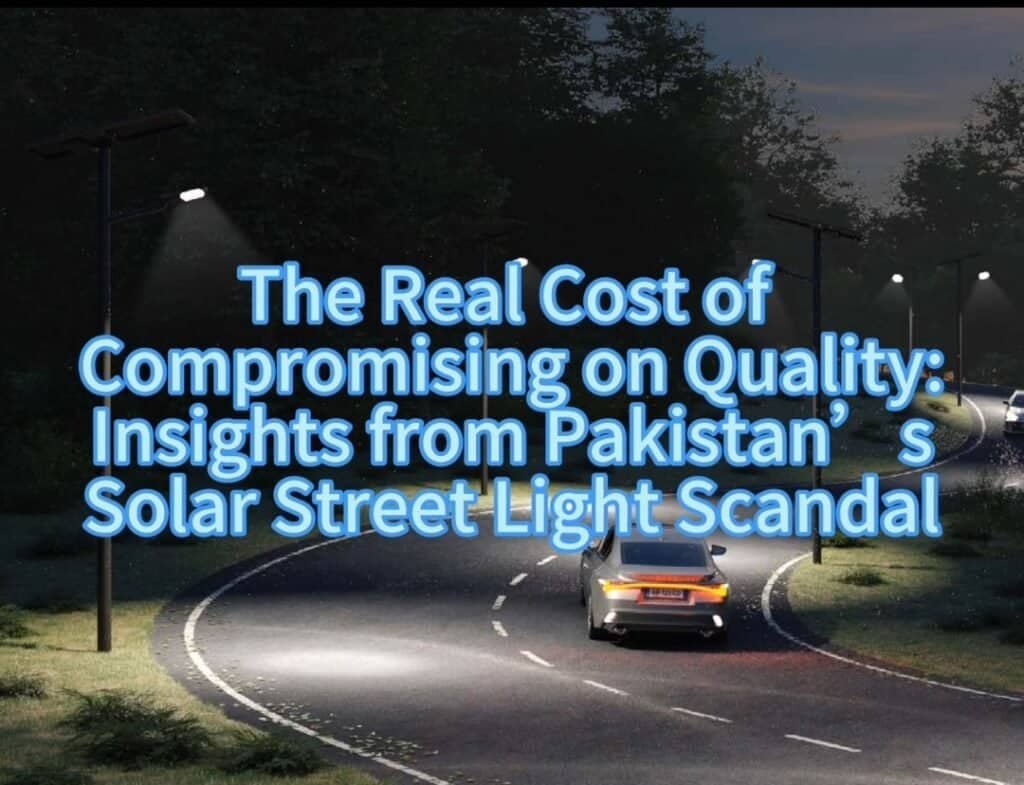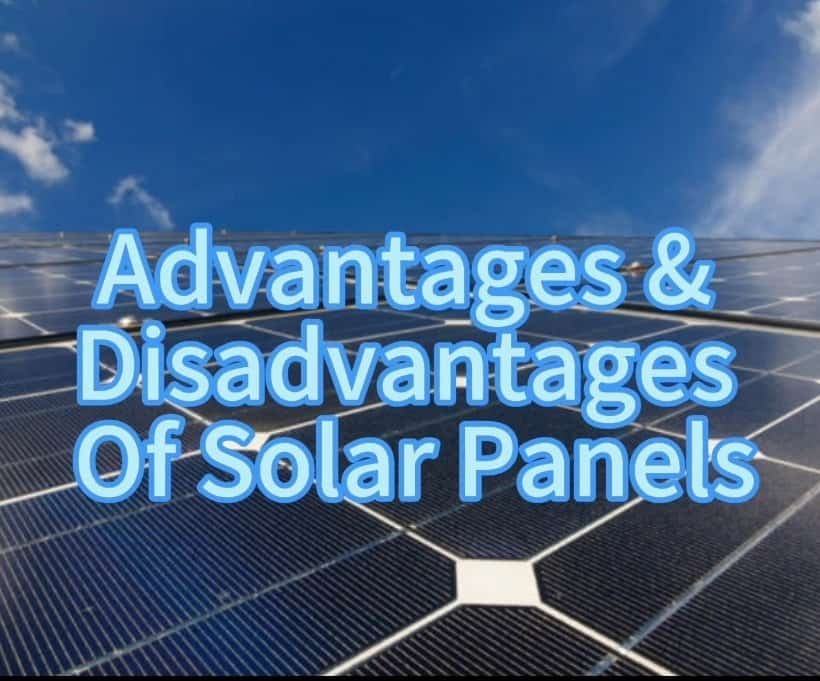The rise of modern LED lighting technology has created more diverse and complex options for lighting. Over the years, the majority of lighting projects have made use of spotlights and floodlights, which makes them the most popular LED lights in the lighting market. However, if you are new to the lighting business and have little knowledge about these lights, you might find it difficult to differentiate between the two.
But you don’t have to worry; knowing the similarities and benefits of both lights will guide you in making the right choice for your project. The main purpose of this article is to guide you and educate you on everything you need to know about these lights. So if you want to know more, then keep reading.
Spotlight vs Floodlight: A Concise Overview
If you have not used any or both of these lights before, you might find it very hard to differentiate between them. However, the most notable and significant feature that one has over the other is the degree of beam angle. In the table below, you will find some key features that differentiate floodlights vs spotlights.
| Floodlights | Spotlights |
| 45 – 120 degree wide beam angle | 25 – 45 degree narrower beam angle |
| Applicable to outdoor spaces such as buildings, bridges, or monuments | commonly used for stage lighting, where dramatic effects is needed |
| Floodlights emits less focused and intense lights | spotlights emits more concentrated and intense lights |
Beam Angle: An Essential Attribute of Any Lighting Fixture
A beam angle refers to the spread of light emitted by a lighting fixture, typically measured in degrees. It determines the width of the light beam that is emitted by the fixture and how it is distributed in space. For example, if you want to highlight a particular object, a narrow beam angle spotlight may be the best option, while a wider beam angle floodlight may be more suitable for illuminating a large outdoor area.
There are two primary types of beam angles – narrow and wide. A narrow beam angle is typically less than 25 degrees and produces a more focused and intense light. This type of beam angle is commonly found in spotlights and is ideal for accent lighting, highlighting specific objects or features.
In contrast, a wide beam angle is typically more than 45 degrees and provides broader coverage with less intensity. This type of beam angle is commonly found in floodlights and is ideal for general illumination, providing an even distribution of light over a larger area.
Calculating Beam Width: A One-Step Method
Calculating the beam width can be done using the formula: Beam Width = 2 x d x tan(θ/2).
For example, if the distance from the light source to the illuminated surface is 5 meters and the measured angle between the two points where the light intensity drops to half of its maximum is 30 degrees, the beam width can be calculated as follows:
Beam Width = 2 x 5 x tan(30/2)
Beam Width = 5.77 meters
Therefore, the beam width of this lighting fixture is 5.77 meters.
How does Spotlight work?
Do you know how LED spotlights work, or do you have zero knowledge of how these lights function? Well, if you have ever been to a drama show or event, you might have come across a spotlight without knowing it.
The first thing you need to know about LED spotlights is that they are designed to provide a narrow and focused beam of light because of their narrower beam angles. Their beam angles are usually not higher than 45 degrees.
Below, some of the characteristics of spotlights that make them suitable for different applications will be discussed.
Concentrated beam spread: This is a feature of spotlights that enables them to produce a narrow and focused beam of light.
Directional lighting: This is another significant characteristic of spotlights. This property makes them adjustable, meaning they can be adjusted to focus on a specific direction. This property of spotlights also enhances their intensity, making their light more intense and dramatic than that of floodlights.
Sharper shadows: Because of the more focused and concentrated lights produced by spotlights, sharper shadows are unavoidable. However, rather than being a disadvantage, sharp shadows help spotlights create dramatic effects.
To sum it up, these lights can be used to highlight specific artworks or exhibits in art museums; they are essential in stage lighting, where they are used to highlight actors and performers; and outdoor events such as concerts.
How does Floodlight work?
Do you have a wide space or environment that requires total illumination? If yes, LED floodlights are the best solution. These lights are specifically designed and built to cover a wider space.
There are many features of floodlights that are beneficial; however, only a few of them will be discussed below.
High diffusion: You are mostly familiar with the word diffusion. However, if you are not, it simply means spreading. With that being said, the term high diffusion being used for floodlights simply implies their capacity to scatter emitted lights evenly across a wider space.
Non-directional lighting: The light emitted from floodlights does not follow a particular direction but rather spreads evenly. This means that the light isn’t focused in any particular direction, which can be ideal for outdoor settings where a large area needs to be illuminated.
Softer shadows: Soft shadows are another cool characteristic of floodlights that affect the quality of the light they emit. Shadows are created when light is blocked by an object, but the harshness or softness of the shadow depends on the type of light used.
Floodlights that produce softer shadows are typically those that have been diffused or bounced off reflective surfaces. This can help to create a more natural and even lighting effect, without harsh shadows that can detract from the overall aesthetic of the space being illuminated.
In terms of application, floodlights are suitable for creating a powerful and consistent source of light over a large area, which is why they are suitable for outdoor applications such as festivals and events, refugee camps, sports fields, driveways, and factories and warehouses.
In terms of benefits, floodlights are durable and can withstand harsh weather conditions.
Throw Distance as an attribute of beam angle
Throw distance is an attribute of the beam angle that refers to the distance between the light source and the area that is being illuminated.
For spotlights, the throw distance is typically longer than for floodlights, due to their more focused and concentrated beam of light. Spotlights with narrower beam angles will have longer throw distances than those with wider beam angles.
For example, a spotlight with a 10-degree beam angle will have a longer throw distance than a spotlight with a 45-degree beam angle. This means that a 10-degree spotlight can illuminate objects or areas that are farther away than a 45-degree spotlight.
For floodlights, the throw distance is typically shorter due to their wider beam angle. Floodlights are designed to provide a more general or ambient light, so they don’t need to be positioned as far away from the area being illuminated as spotlights.
To sum it up, it’s important you consider the throw distance when selecting a light with a specific beam angle, as it can impact the effectiveness of the light in illuminating the intended area or object. A light with a too-short throw distance may not provide enough illumination, while a light with a too-long throw distance may be less effective or less energy-efficient.
How do you choose a beam angle?
If you have been reading this guide to this stage, you are familiar with beam angles and their function. However, before you choose a wider or narrower beam angle for your project, you must first consider:
The application: Where exactly do you want to light up? Is it an outdoor space, an event stage, or an artwork gallery? This is so crucial and unavoidable. If it’s a wider space, go for floodlights; if it’s just to highlight an object, then spotlights are suitable.
The distance: You must also consider the distance between the light source and the area you want to illuminate. While spotlights can go a long distance, floodlights can only illuminate an area that is not too far from the light source.
The desired effect: The desired effect of the lighting is also important to consider. A narrow beam angle can create more dramatic lighting effects and highlights, while a wider beam angle can provide a more diffuse and ambient light.
The bulb type: You must also consider the type of bulb being used, as this can also impact the choice of beam angle. For example, LED bulbs are often more efficient and can produce a brighter light than traditional bulbs, which can affect the choice of beam angle needed.
Choosing Between a Spotlight and Floodlight
By now, spotlight vs. floodlight should not be a new thing to you. In fact, you must have acquired useful information from this guide about what differentiates them, how they are designed, their applications, and their benefits. Hence, moving forward, we will discuss how you can make the right choice between the two lights for your present or future lighting projects.
There are a few factors you must keep in mind before proceeding with selecting between spotlight vs. floodlight. They are
Coverage Area: The size of the area you want the light to cover is an important factor to consider. If you need to illuminate a larger area, such as a sports field or parking lot, a floodlight is typically the better option as it can provide more comprehensive coverage. However, if you need to highlight a specific object or area, such as a painting or sculpture, a spotlight may be more appropriate.
Niche Applications: Niche applications that may require specialized lighting fixtures must be considered. For instance, photography studios need lighting fixtures that produce an accurate color temperature and are dimmable, while medical facilities require fixtures that can provide bright and precise lighting for surgeries and examinations.
Power Budget: The amount of power available for the lighting fixture should also be considered when choosing between a spotlight and floodlight. Spotlights typically use less power than floodlights since they produce a more concentrated beam of light. If energy efficiency is a concern or if there are power constraints, a spotlight may be a better option.
Location: The location of the lighting fixture plays a crucial role in deciding between a spotlight and a floodlight. For example, if the light fixture is placed high on a ceiling, a spotlight may be the better choice to ensure that the light is directed downwards, while a floodlight may be better suited for ground-level or outdoor applications.
Once you consider these factors, it will be difficult for you to make the wrong choice.
Conclusion
In a nutshell, spotlights and floodlights are two popular lighting options that offer different benefits and applications. The only thing that differentiates them is the beam angle, which can either be wider or narrower.
So, if you’re looking for quality lighting solutions with a touch of expertise and a commitment to sustainability, consider SLD Solar and Lighting. At SLD Solar and Lighting, we understand the importance of quality lighting solutions for various settings. We’re confident we can provide the lighting solutions you need to brighten up your space.







